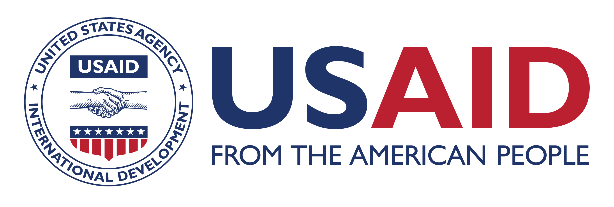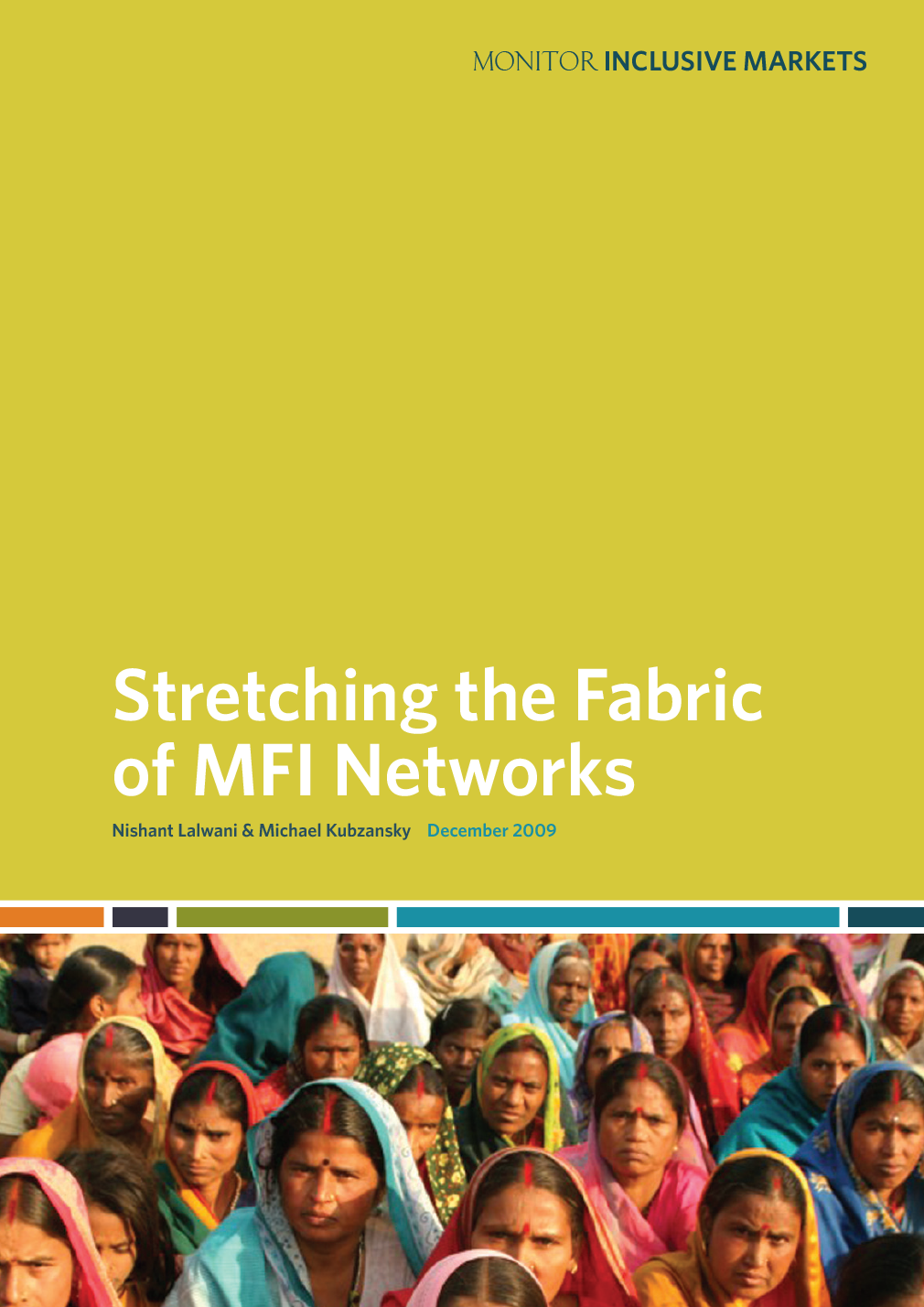
Resource Library
Stretching the Fabric of MFI Networks
Microfinance institutions have proven, to the world's acclaim, that it is possible to create commercially sustainable enterprises that address the critical needs of the poor — at least for financial services. By providing farmers, rural households, and village entrepreneurs with a stable, legitimate, and affordable source of credit, microfinance1 can help the poor meet their basic needs and build a better life. What began as a seemingly Quixotic effort by Grameen, BRAC, ACCION and a handful of other organizations has grown into a full-fledged industry, with tens of thousands of institutions serving roughly 2002 million customers worldwide. The remarkable success of microfinance in reaching the poor, and the stunningly broad scope of several of its leading exemplars in places like Bangladesh, is now raising a second hope, which is that the networks these institutions have created, and the credit they offer, may serve as a channel and a platform for the provision of many other critical goods and services to the poor. As many companies and not-for-profits have discovered, it is extremely difficult to offer products and services to low-income populations in a financially sustainable manner. Not only are the poor geographically hard to reach, and often expensive to reach using conventional models, but they often also lack the cash on hand to make purchases that would improve their lives over time. Microfinance institutions (MFIs) appear to provide a solution to both of these barriers. They help resolve the problem of insufficient cash flow by extending credit, and just as importantly, they constitute a ready-made distribution and marketing network. MFIs have built relationships and trust among the poor, which makes them a promising social as well as financial infrastructure through which customers can be reached.
Resource Type : Report
Country :
Year : 2010-01-20T16:15:00
Language : English
Project : SHOPS


